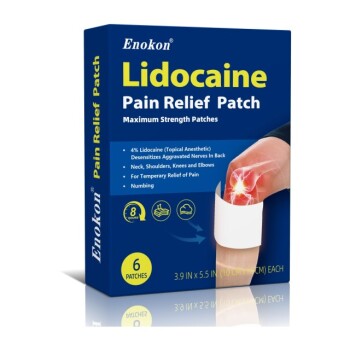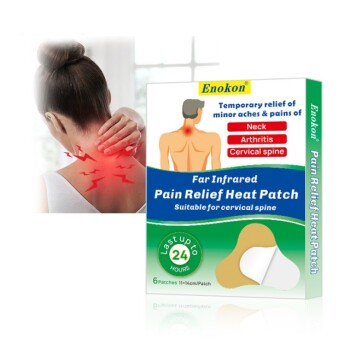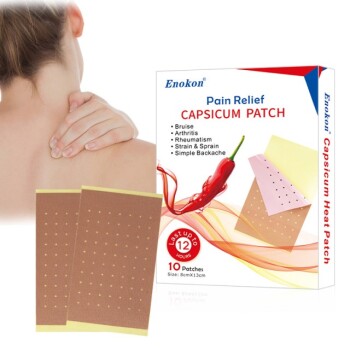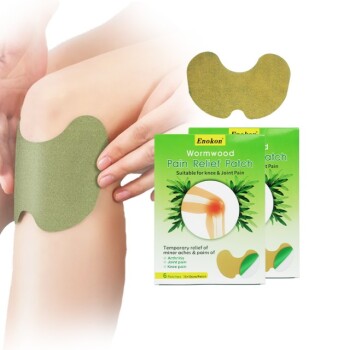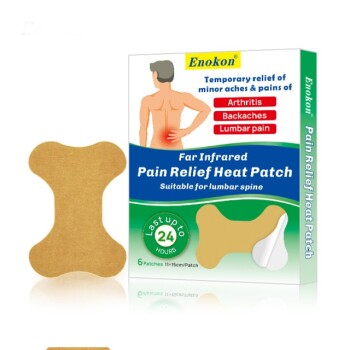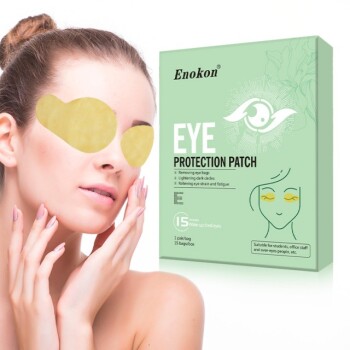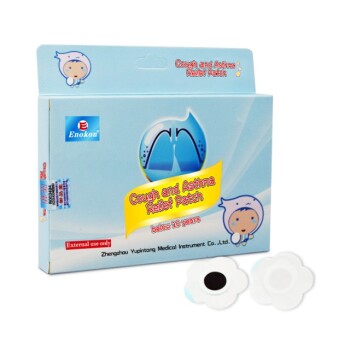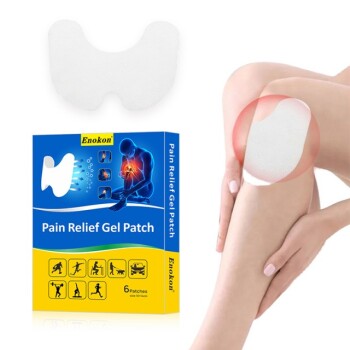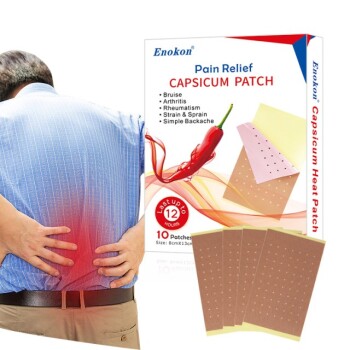Patients treated with 5% lidocaine-medicated plasters experienced notable improvements in sleep quality, including reduced difficulty falling asleep, decreased reliance on sleep medications, and fewer nighttime or morning awakenings due to pain. These benefits contributed to an overall enhancement in quality of life, as observed in an 8-week open-label study within a hospital setting. The plasters, designed for peripheral neuropathic pain, demonstrated effectiveness both as monotherapy and adjunct treatment.
Key Points Explained:
-
Improved Sleep Onset
- Patients reported less trouble falling asleep, suggesting the plaster's localized pain relief may reduce discomfort that typically delays sleep initiation.
- This aligns with the plaster's mechanism of action: the medicated patches deliver lidocaine directly to painful areas, blocking nerve signals without systemic sedation.
-
Reduced Sleep Medication Use
- The need for additional sleep aids decreased, indicating better natural sleep attainment.
- This secondary benefit could lower risks associated with long-term sleep medication use (e.g., dependency or cognitive side effects).
-
Fewer Nighttime/Morning Awakenings
- Disruptions caused by pain were significantly reduced, promoting uninterrupted sleep cycles.
- Consistent sleep maintenance is critical for pain recovery, as fragmented sleep exacerbates pain sensitivity.
-
Quality of Life Enhancement
- Beyond sleep, the study noted broad improvements in daily functioning and patient satisfaction.
- Effective pain management via topical therapy may reduce systemic drug burdens, particularly for elderly or multi-medicated patients.
-
Study Context
- Conducted as part of a larger controlled withdrawal trial, the 8-week open-label phase provided real-world insights into plaster efficacy.
- The hospital-based setting suggests applicability to supervised care environments, though individual results may vary.
These findings highlight how targeted pain relief can address sleep disturbances—a frequent but often overlooked comorbidity in chronic pain conditions. For purchasers, the plaster's dual role in pain and sleep management may justify its inclusion in formularies, especially for neuropathic pain cases where sleep disruption is prevalent.
Summary Table:
| Improvement | Description |
|---|---|
| Improved Sleep Onset | Reduced difficulty falling asleep due to localized pain relief. |
| Reduced Sleep Medication Use | Decreased reliance on additional sleep aids, lowering dependency risks. |
| Fewer Nighttime Awakenings | Significant reduction in pain-induced sleep disruptions. |
| Quality of Life Enhancement | Broad improvements in daily functioning and patient satisfaction. |
| Study Context | 8-week open-label trial in a hospital setting, showing real-world applicability. |
Upgrade patient care with targeted pain relief!
As a bulk manufacturer of high-performance transdermal patches, Enokon specializes in lidocaine-medicated plasters that address both pain and sleep disturbances. Our technical expertise ensures reliable formulations for healthcare distributors and brands.
Contact us today to discuss custom R&D solutions or bulk orders tailored to your needs.
Related Products
- Mugwort Wormwood Pain Relief Patch for Neck Pain
- Lidocaine Hydrogel Pain Relief Patch for Pain Relief
- Far Infrared Deep Heat Relief Patches Medicated Pain Relief Patches
- Capsaicin Chili Medicated Pain Relief Patches
- Natural Herbal Wormwood Patch Pain Plaster
People Also Ask
- Can children use the pain relief patch? Safety Guidelines for Parents
- How does Pain Relief Patch deliver its active ingredients? Discover the Science Behind Targeted Pain Relief
- How long can Pain Relief Patch be worn? Maximize Comfort with 12-Hour Relief
- What are the benefits of Pain Relief Patch being licensed as a medicine? Trusted, Clinically Proven Relief
- What are the benefits of using a pain relief patch instead of oral medication? Targeted & Long-Lasting Relief

